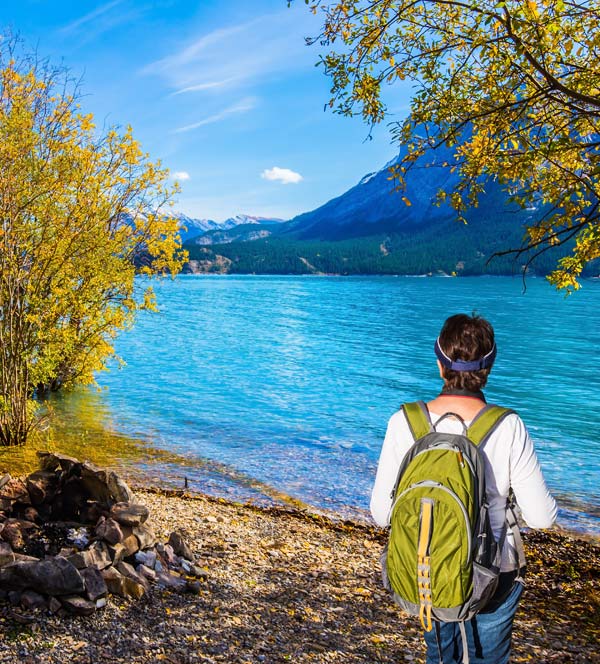Several studies have shown that children have similar rates of mountain sickness, pulmonary edema and cerebral edema as adults. Children do get altitude sickness, but the very young are often unable to communicate their headache and other symptoms. Excessive crying at altitude could be altitude illness.


